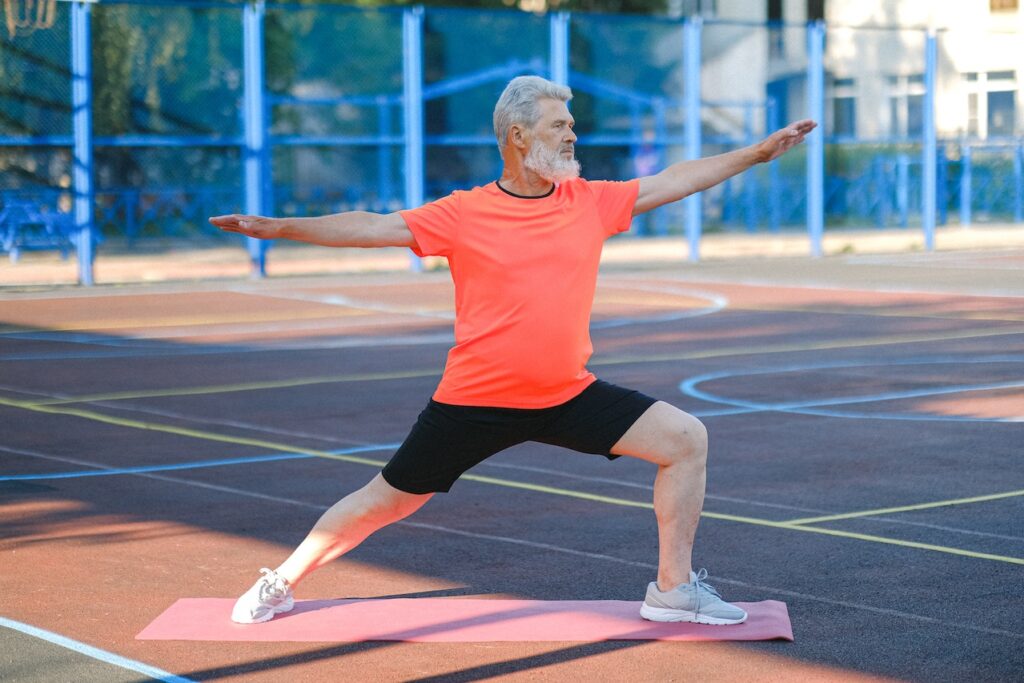
Senior gymnastics - Improve your gait safety [Guide]
Anyone can be active and mobile - even in old age. With a little practice and a training plan tailored to you, you too can have fun training your mobility in everyday life.
Our muscles are vital. Because we can only move through our muscles. Muscles are also part of many important processes such as swallowing and breathing. If muscle mass decreases significantly with age, this is referred to as muscle atrophy in old age (also known as sarcopenia).
Find out more about the symptoms of muscle atrophy in old age and what you can do about it. It is scientifically proven that the body reaches its maximum muscle mass between the ages of 20 and 30. After that, the human body loses an average of up to one percent of muscle mass per year.
People over the age of 70 lose about three percent of their muscle per year.
These muscles are gradually converted into fat. This age-related muscle loss is a completely natural process and nothing to worry about at first. A healthy diet and targeted strength and endurance training can counteract muscle loss in old age so that both muscle mass and muscle function are adequately maintained.
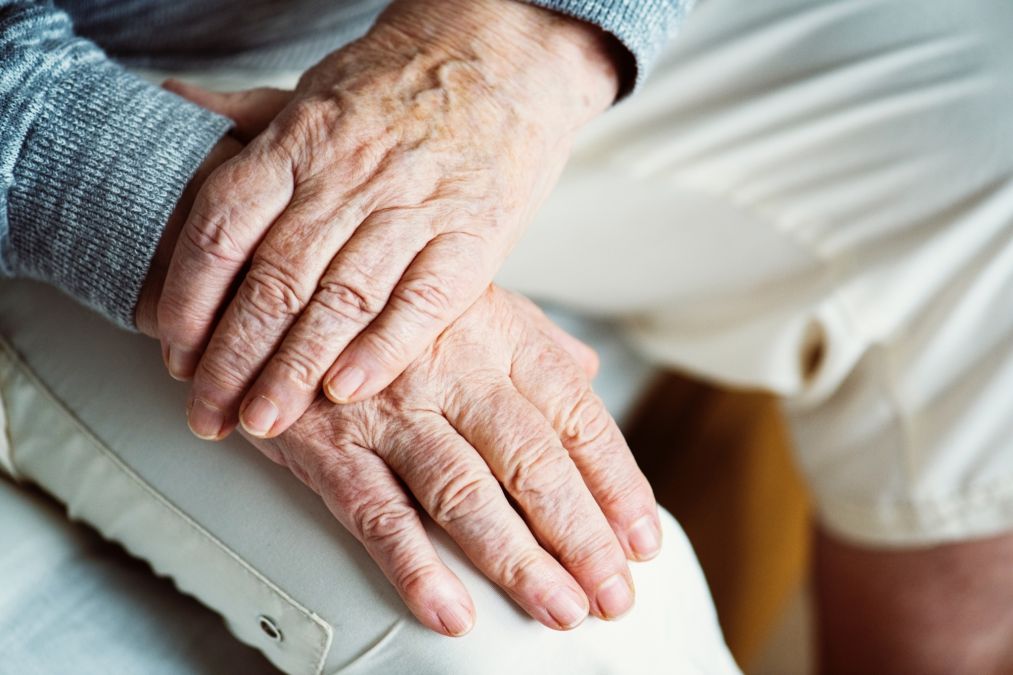
If you suspect that you are suffering from muscle atrophy, it is advisable to make an appointment with your GP and discuss the matter.
The most important thing is to keep moving so that the muscles continue to be used. To escape the vicious circle of inactivity and to maintain and build up mobility through everyday movements, there are, for example, senior gymnastics. You can find more tips on being more active in old age here.
Exercise can counteract health risk factors - a lack of exercise, on the other hand, actually promotes them. Especially in old age or with physical limitations, it is important to stay active and maintain your mobility, because "if you rest, you rust!".
Being mobile not only means more independence and self-determination, but also a higher quality of life, better well-being, social participation, disease prevention, health promotion and better opportunities for self-care. The risk of health problems increases with age. Sufficient exercise and regular, targeted training help you to reduce this risk and thus grow older in good health without losing quality of life.
However, in addition to exercise, nutrition also plays an important role in preventing muscle atrophy in old age. The feeling of hunger and thirst often gradually decreases with age, which can lead to malnutrition under certain circumstances. As the need for protein is higher in old age than in young people, you should make sure you eat enough fish, pulses, nuts, eggs and meat.
Regular exercise is important to maintain or rebuild your muscle strength. Muscles are strengthened through sufficient exercise and a healthy diet.
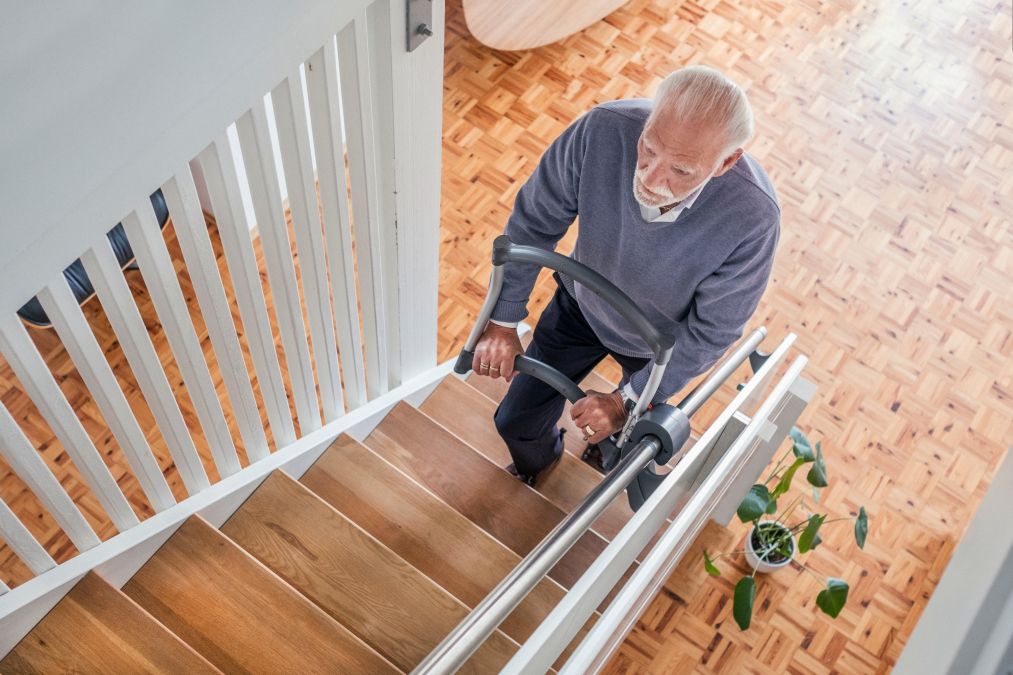
Climbing stairs at home is a valuable exercise to keep you moving and to maintain and strengthen your muscles. Stair climbing offers clear benefits, as the slow movements are easy on the joints and lead to an intensive workout. Stair climbing strengthens the muscles, increases endurance and helps to improve respiratory function.
For many people, climbing stairs can be a major challenge.
Seniors and people with limited walking function need more support than a normal handrail when training on stairs. The innovative TOPRO Step stair climbing aid, developed in Norway, provides the necessary support and safety.
TOPRO Step information video
To carry out an on-site inspection and receive a quote, make an appointment with us. Once you have accepted the quote, we will carry out the installation, which usually only takes a few hours. .
TOPRO Step is TÜV-tested and certified and meets all functional and safety requirements.
TOPRO Step is designed so that it can be easily adapted to your staircase. It can be installed on straight stairs, curved stairs and stairs with a landing.
Ask your health insurance company about the possibility of cost coverage or possible subsidies. Please note that these options are country-specific and individual.
TOPRO Step means TOPRO quality. When you buy a TOPRO Step, you receive a guarantee of up to 5 years.
We measure success by satisfied customers, which is our top priority. We already have over 4,000 satisfied users throughout Europe.
Choose your TOPRO Step
Do you have any questions?
Would you like a free and personal consultation? Get in touch with our TOPRO Step experts and book a free, no-obligation appointment directly at your home.

TOPRO Step Expert
+47 902 931 00
Monday - Friday
08:00 - 16:00 o'clock.

TOPRO Step Expert
+47 902 931 00
Monday - Friday
08:00 - 16:00 o'clock.
Do you have any questions or would you like to test the TOPRO Step stair climber?
Would you like to find out more about the financing options for the TOPRO Step?
TOPRO Step

Anyone can be active and mobile - even in old age. With a little practice and a training plan tailored to you, you too can have fun training your mobility in everyday life.
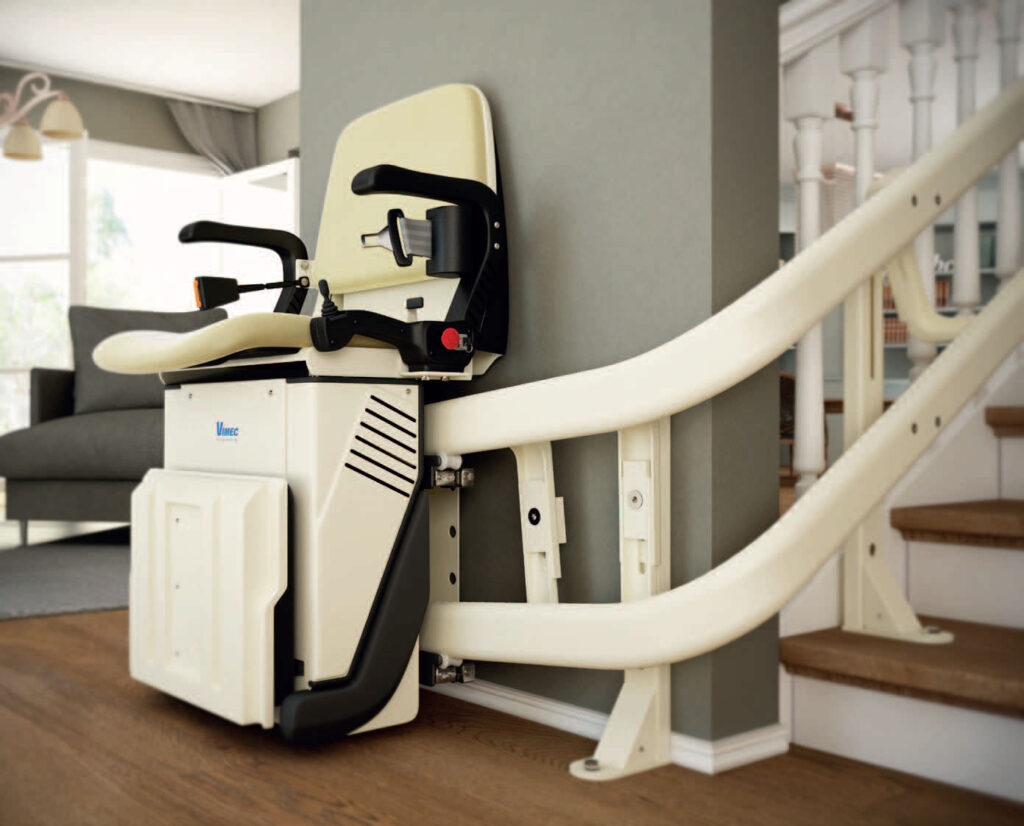
Are you looking for a stairlift? Find out the 6 most important things you should know before you buy and get to know the alternative to a stairlift.
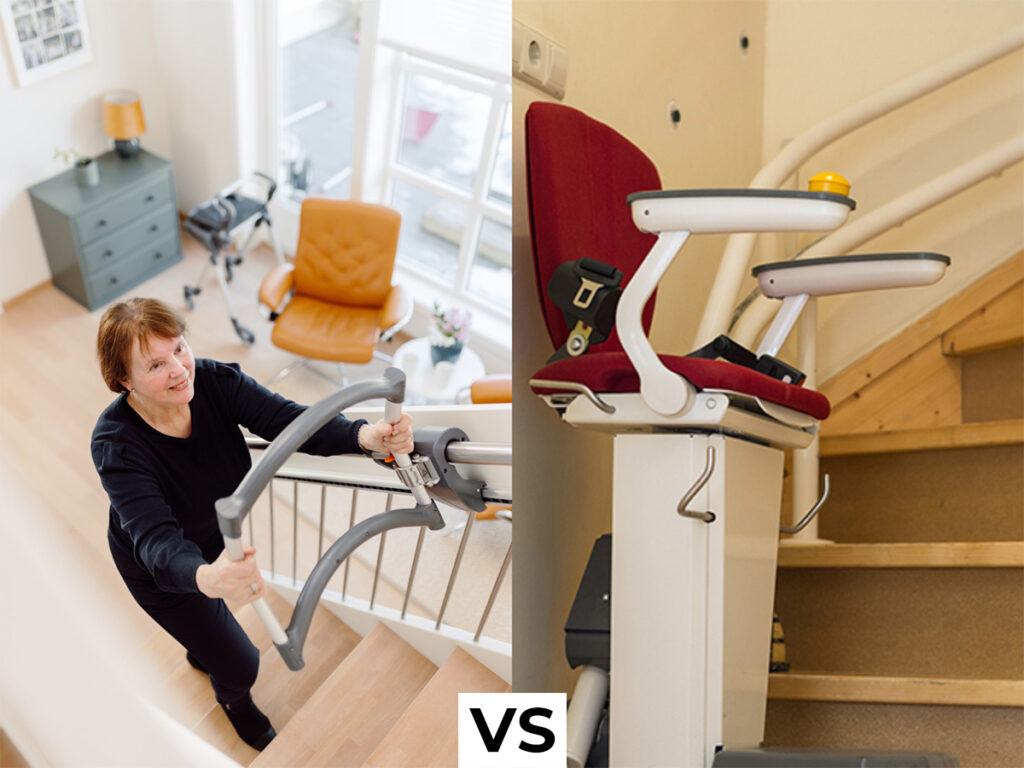
People with reduced mobility who have difficulty climbing stairs due to age or a particular illness, for example, have a wide range of possible solutions and products to choose from. Until now, the stairlift has been one of the most common solutions apart from expensive renovations or a move to a retirement or nursing home. In this article, we will take a closer look at why a stairlift is not always the best solution for you and what you need to consider when buying a stairlift.
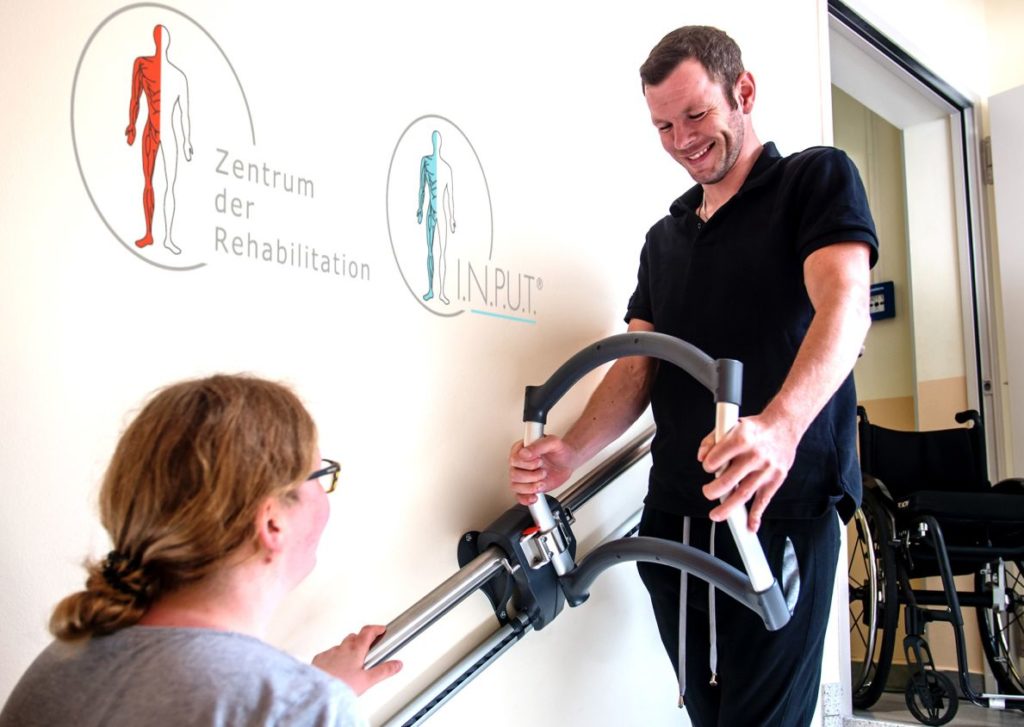
TOPRO Step in rehabilitation. Neuroscience can now prove that rehabilitation is all the more successful the earlier mobilization is started. Another point that should not be overlooked is the fact that therapy now attempts to allow patients to participate in normal life and everyday activities at an early stage, because we humans are social beings. This is therefore essential for rapid rehabilitation.
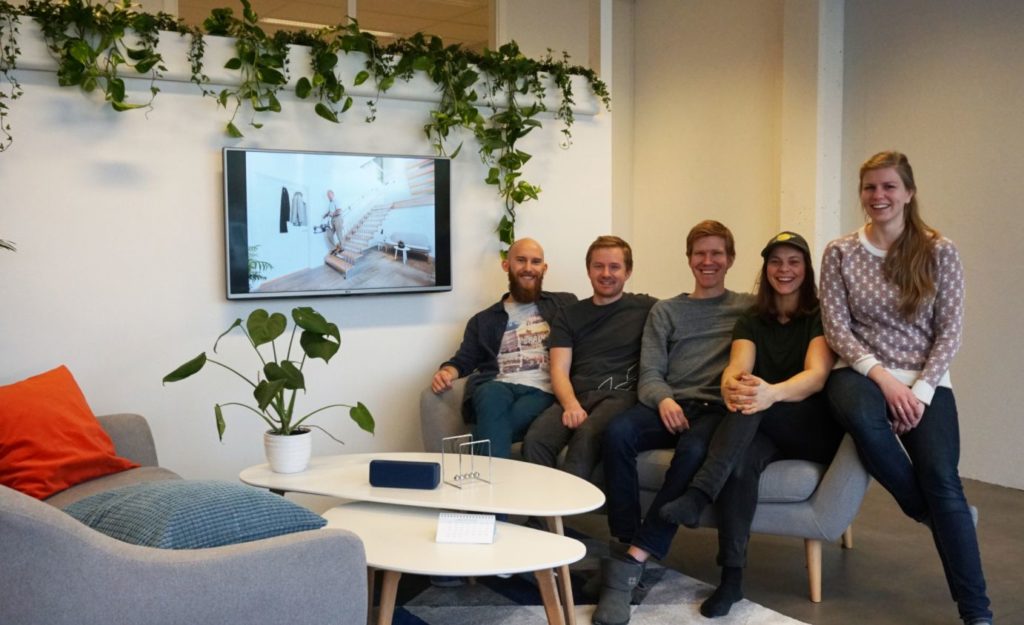
Last Wednesday, the TOPRO Step stair climber was installed in the Aure care home. An aid for climbing stairs. (This is a translation based on an article by Ivar Torset, originally published in Nordvestnytt on March 16, 2017).
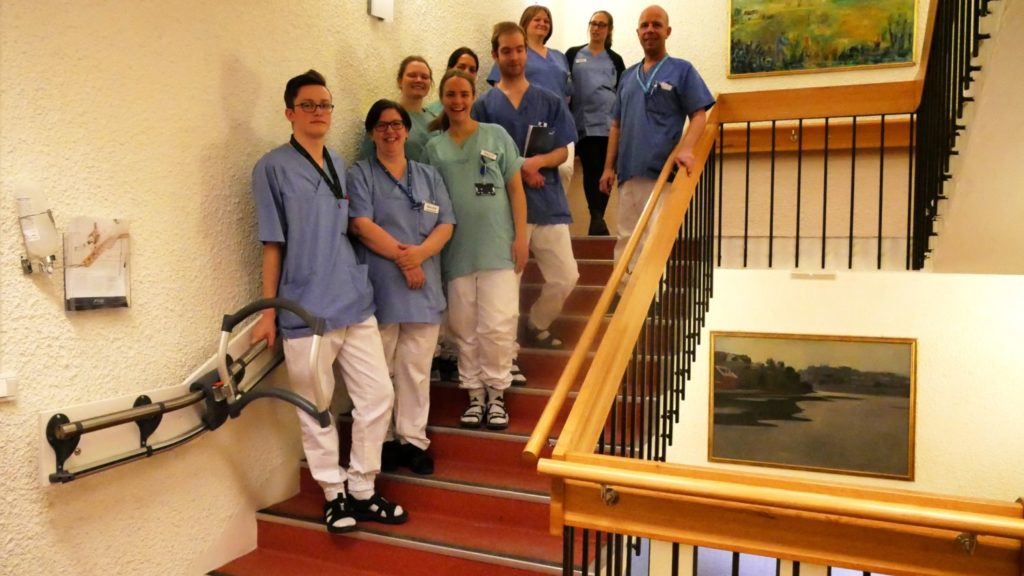
Jakob Rønningen had no objections when the stair climber was ready for use in the care home. "The device looks good and is robust. I felt safe," he said after walking up and down the stairs once.
Hold down the cmd (Mac) or ctrl (Windows) key and press +/-